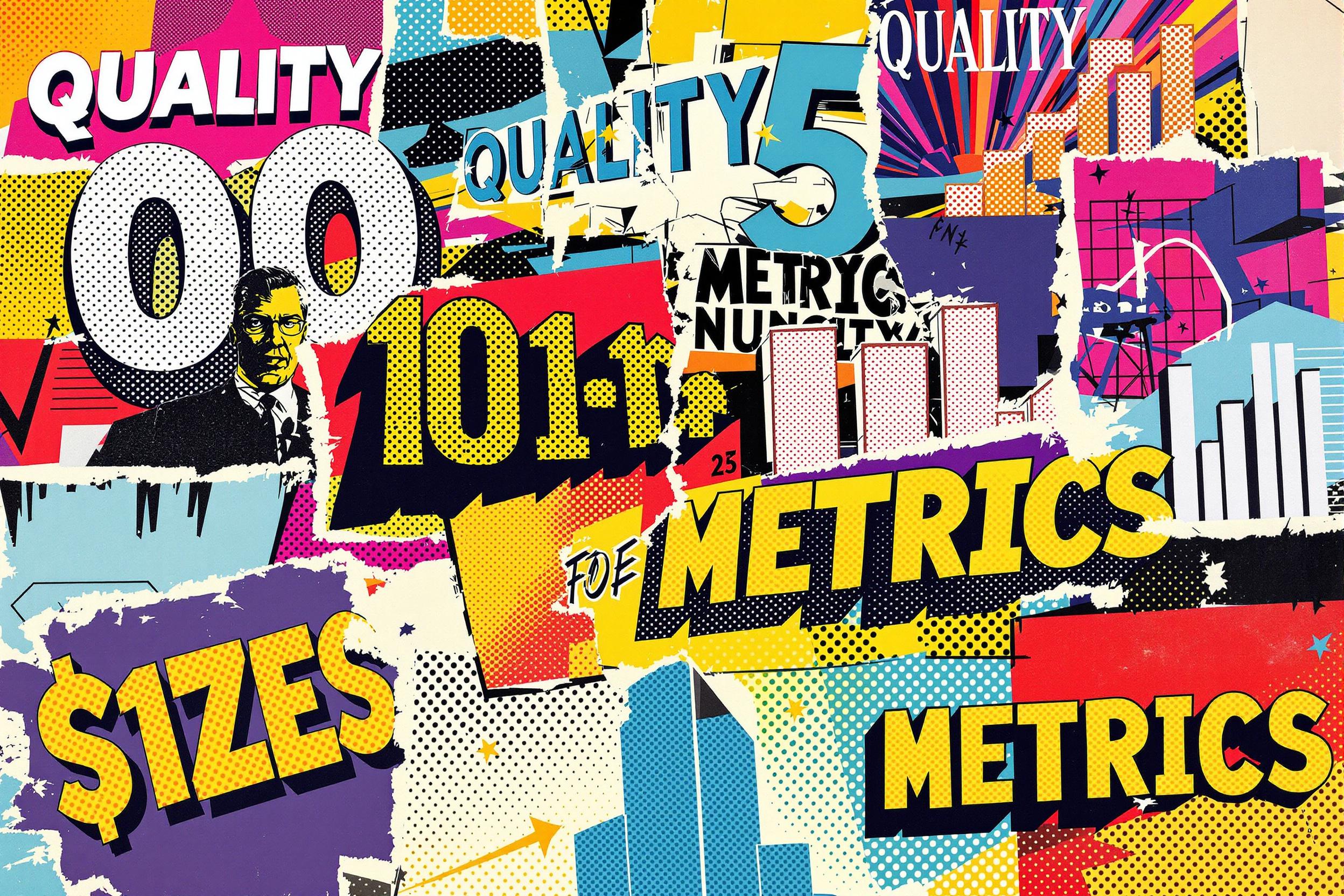
Reference Standard
A Reference Standard is a highly pure substance or precisely prepared solution used in laboratory testing to ensure accuracy of test results. Think of it like a "perfect ruler" that labs use to measure and compare their test samples against. When someone mentions working with Reference Standards in their resume, they're talking about using these benchmark materials to make sure laboratory tests are giving correct results. This is especially important in industries like pharmaceutical testing, food safety, and environmental analysis, where accuracy is crucial.
Examples in Resumes
Maintained and documented Reference Standard inventory for FDA-regulated laboratory testing
Performed quality control using Reference Standards and Standard Reference Materials for analytical testing
Managed procurement and certification of Reference Standard materials for pharmaceutical analysis
Typical job title: "Laboratory Analysts"
Also try searching for:
Where to Find Laboratory Analysts
Professional Organizations
Job Boards
Professional Networks
Example Interview Questions
Senior Level Questions
Q: How do you ensure the integrity of Reference Standards in a laboratory setting?
Expected Answer: A strong answer should cover proper storage conditions, expiration date tracking, documentation systems, and training programs for staff. They should mention temperature monitoring, access controls, and regular audits.
Q: What steps would you take if you discovered a Reference Standard might be compromised?
Expected Answer: Should discuss investigation procedures, documentation, impact assessment on past results, communication with stakeholders, and corrective action plans. Should mention regulatory reporting if required.
Mid Level Questions
Q: Explain the difference between primary and secondary Reference Standards.
Expected Answer: Should explain that primary standards are the highest quality and usually come from official sources, while secondary standards are compared against primary standards for routine use.
Q: How do you properly document Reference Standard use in the laboratory?
Expected Answer: Should mention logging systems, tracking usage, recording lot numbers, documenting preparation steps, and maintaining calibration records.
Junior Level Questions
Q: What basic information should you check before using a Reference Standard?
Expected Answer: Should mention expiration date, storage conditions, certificate of analysis, proper labeling, and visual inspection of the container and contents.
Q: Why are Reference Standards important in laboratory testing?
Expected Answer: Should explain that they ensure accuracy and reliability of test results by providing a known comparison point for measurements.
Experience Level Indicators
Junior (0-2 years)
- Basic handling of Reference Standards
- Following standard operating procedures
- Record keeping and documentation
- Understanding storage requirements
Mid (2-5 years)
- Preparation of working standards
- Quality control procedures
- Method validation
- Training junior staff
Senior (5+ years)
- Reference Standard program management
- Regulatory compliance oversight
- Quality system development
- Vendor qualification
Red Flags to Watch For
- Unfamiliarity with basic documentation requirements
- No knowledge of proper storage conditions
- Poor understanding of expiration dates and stability
- Lack of attention to detail in record keeping
Related Terms
Need more hiring wisdom? Check these out...

Unlocking the Competitive Edge: Benchmarking Your Talent Acquisition Metrics

When Hiring from Competitors: Goldmine or Landmine?

Stop Chasing Unicorns: How to Finally Improve Candidate Quality Metrics (and Actually Enjoy Hiring)

